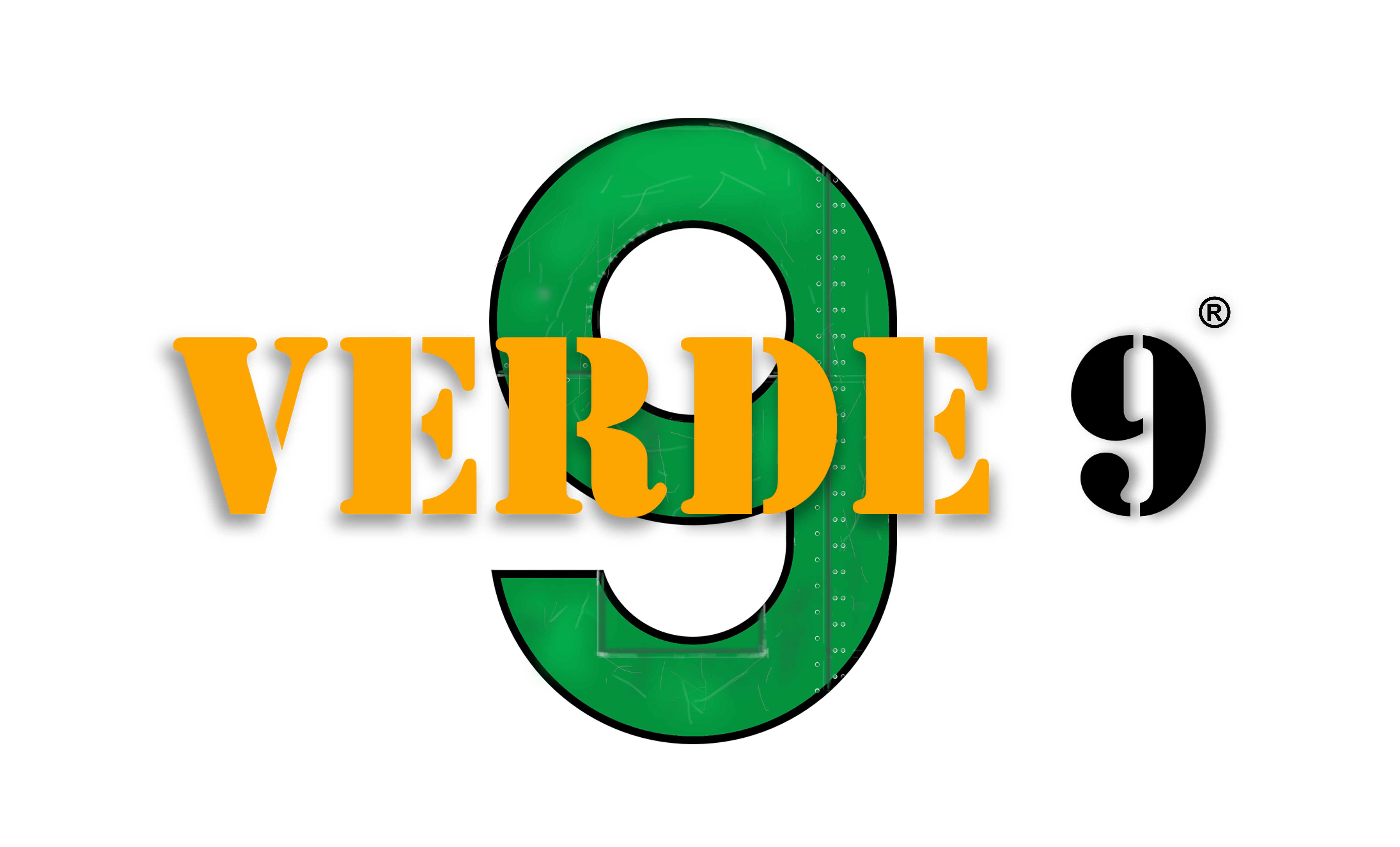This article is meant to illustrate all the Luftwaffe camouflage and markings colours currently known and recognized. RLM colours are here listed according to their RLM code designation. For each of them a colour chip is reproduced, in order to show their appearance in the most accurate way.
Introduzione: i colori RLM
As described in this article, the actual designation utilized to identify RLM colours, that consists precisely of the acronym “RLM” (Reichsluftfahrtministerium) followed by a two digits number (00, 01, 02,…) was introduced later than the Second World War. During the conflict each paint was indeed identified by the word Farbton (“colour” or “hue”) followed by a number corresponding to the one still used nowadays. For example, the actual RLM 04 was originally called Farbton 04.
Moreover, each paint was characterized by a specific designation that was meant to describe its hue. Taking up the last example, RLM 04 was designated as gelb (yellow).
Creation of colour chips
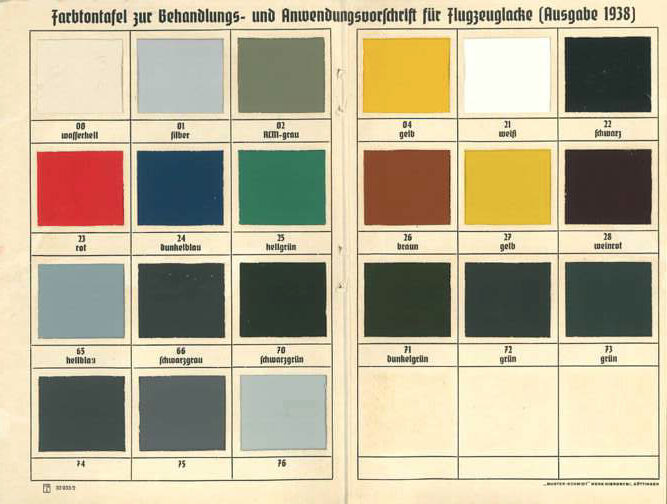
The Farbtontafel issued in 1941 along with the L.Dv. 521/1.
Samples shown in this article represent the result of the comparison among several documents and publishings (listed in the References paragraph). The consultation of such a wide range of sources is intended to provide readers with accurate and reliable colour chips. In addition, each colour is presented with a brief description to better understand its usage within camouflage schemes.
It should be noted that each colour might appear, as here shown, darker than in original photographs. This fact can be traced back to both the light exposure of the aicraft when portraied by the photograph and the characteristic of the device you are using to read this article.
Some colours, such as RLM 99 or 84, have been intentionally omitted because of the poor, unclear, or completely absent related documentation.
The last columns of the table show matches among RLM colours and acrylic paint produced by Tamiya and Humbrol, to satisfy the most accurate modellers.
If you are viewing this content from a mobile device, it is suggested you rotate the screen horizontally
| Colour | Name | RLM Code | Usage | Tamiya | Humbrol |
|---|---|---|---|---|---|
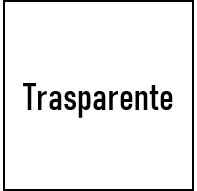 | Wasserhell | 00 | Transparent protective paint. | XF-86 Flat Clear | AB0135 Varnish |
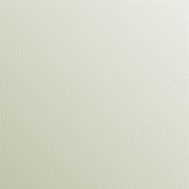 | Silber | 01 | Aluminium bronzes based paint. | XF-16 Flat aluminium | AB0056 Aluminium |
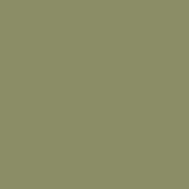 | RLM-Grau | 02 | Intended for painting aircraft interiors (cockpits only until 1944). From 1941 onwards RLM 02 was progressively substituted by RLM 66 as the main cockpit interior colour. Used as a finish coat on most aircraft until 1936. Used as a camouflage colour in specific patterns from 1939 to 1945. Standard colour for sperimental and prototype aircraft. | 40% XF-22 RLM grey + 40% XF-21 Sky + 20% XF-64 Red brown | 75% AB0226 Interior Green + 25% AB0090 Beige Green |
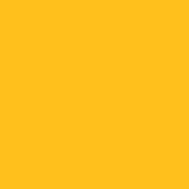 | Gelb | 04 | Markings. Applied on maritime aircaft upper surfaces until 1936. | 90% XF-3 Flat yellow + 10% XF-7 Flat red | AB0024 Trainer Yellow |
 | Weiß | 21 | Markings and national insignas. | XF-2 Flat white | AB0034 White |
 | Schwarz | 22 | Markings, national insignas and camouflage colour for night aircraft (both upper and lower surfaces according to the considered scheme). | XF-1 Flat black | AB0033 Black |
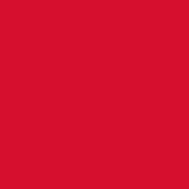 | Rot | 23 | Markings. | 90% XF-7 Flat red + 10% XF-8 Flat blue | AB0060 Scarlet |
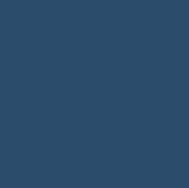 | Dunkelblau | 24 | Markings. Applied on maritime aircraft upper surfaces until 1938. | 90% XF-8 Flat blue + 10% XF-1 Flat black | AB0104 Oxford blue |
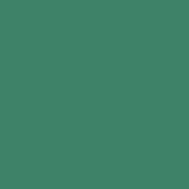 | Hellgrün | 25 | Markings. | 50% AB2408 Apple Green + 50% AB2404 Garter Blue |
|
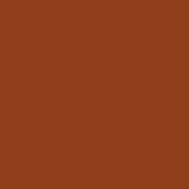 | Braun | 26 | Markings. | 60% XF-72 Brown + 20% XF-7 Flat Red + 20% XF-54 Dark sea grey | 70% AB2418 EWS Red + 30% AB0062 Leather |
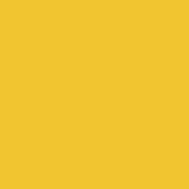 | Gelb | 27 | Markings. | 85% XF-3 Flat yellow + 15% XF-20 Medium grey | 60% AB0154 Insignia Yellow + 30% AB0099 Lemon + 10% AB2416 Pullman Cream |
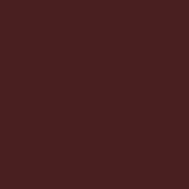 | Weinrot | 28 | Markings. | 32% XF-9 Hull red + 11% XF-7 Flat red + 42% XF-63 German grey + 15% XF-1 Flat black | 50% AB0033 Black + 32% AB0029 Dark Earth + 18% AB2423 Carmine |
 | Dunkelbraun | 61 | Applied on upper surfaces with the RLM 61/62/63/65 scheme (from 1936 to 1938). | 52% XF-63 German grey + 25% XF-1 Flat black + 23 % XF-52 Flat earth | 66% AB0251 RLM 81 Dunkelbraun+ 34% AB0033 Black |
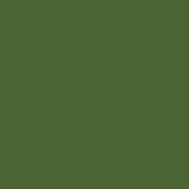 | Grün | 62 | Applied on upper surfaces with the RLM 61/62/63/65 scheme (from 1936 to 1938). | 95 % XF-58 Olive Green + 5% XF-20 Medium Grey | 70% AB0155 Olive Drab + 20% AB2408 Apple Green + 10% AB0240 RLM 02 Grau |
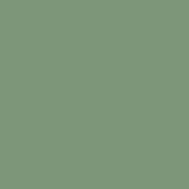 | Hellgrau | 63 | Applied on upper surfaces with the RLM 61/62/63/65 scheme (from 1936 to 1938). | ||
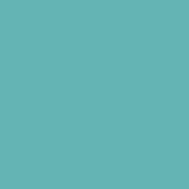 | Hellblau (1938) | 65 | Applied on lower surfaces with the RLM 61/62/63/65 scheme (from 1936 to 1938). Applied on fighters only until 1942. All other aircraft types where still painted with this colour until 1945 (only lower surfaces). | ||
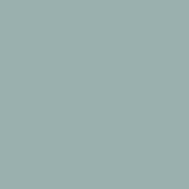 | Hellblau (1941) | 65 | Greyish version of the 1938 RLM 65. The purposes remain inaltered. | ||
 | Schwarzgrau | 66 | Intended for painting cockpit interiors from 1941 to 1945. From August 1944 onwards RLM 66 took place of RLM 02 on all cockpit interior surfaces. | 90% XF-63 German grey + 10% XF-1 Flat black | |
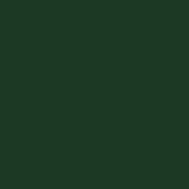 | Schwarzgrün | 70 | Applied on upper surfaces with the RLM 70/71/65 scheme. | ||
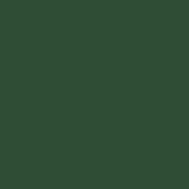 | Schwarzgrün | 71 | Applied on upper surfaces with the RLM 70/71/65 scheme. | ||
 | Grün | 72 | Applied on upper surfaces of maritime aircraft with the RLM 72/73/65 scheme. | ||
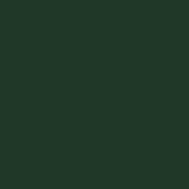 | Grün | 73 | Applied on upper surfaces of maritime aircraft with the RLM 72/73/65 scheme. | ||
 | Dunkelgrau | 74 | Applied on upper surfaces with the RLM 74/75/76 scheme. This scheme was intended for fighters and heavy fighters. It was introduced in 1941 and remained officially in use until summer 1944; however some examples still appeared until 1945. | ||
 | Grau | 75 | Applied on upper surfaces with the RLM 74/75/76 scheme. This scheme was intended for fighters and heavy fighters. It was introduced in 1941 and remained officially in use until summer 1944; however some examples still appeared until 1945. | ||
 | Lichtblau (v.1) | 76 | Applied on lower surfaces with the RLM 74/75/76 and RLM 81/81/76 schemes. The first scheme was intended for fighters and heavy fighters. It was introduced in 1941 and remained officially in use until summer 1944; however some examples still appeared until 1945. | 60% XF-2 Flat white + 20% XF-23 Light blue + 20% XF-19 Sky Grey | |
 | Lichtblau (v.2) | 76 | Greyish version of RLM 76 v.1. If it actually existed, this variant was used on night camouflage schemes, combined with RLM 22 and 77. | 75% XF-2 Flat white + 25% XF-19 Sky Grey | |
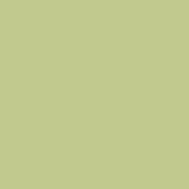 | Lichtblau (v.3)? | 76? | Beige version of RLM 76. This hue appeared on several fighters manufactured during spring 1945. Official documentation concerning this colour is completely absent. | 80% XF-21 Sky + 20% XF-22 RLM Grey | |
 | Hellblau | 77 | Intended for national insignas applied on night aircraft. Possibly used on upper surfaces of late-war camouflage schemes. | ||
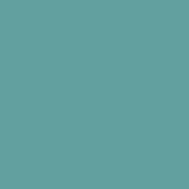 | Blau | 78 | Applied on lower surfaces with the RLM 78/79/80 and 78/79 schemes. These schemes were intended for aircraft used in Mediterranean and North African theatres. | ||
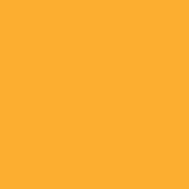 | Sandgelb (1941) | 79 | Applied on upper surfaces with the RLM 78/79/80 and 78/79 schemes. These schemes were intended for aircraft used in Mediterranean and North African theatres. | ||
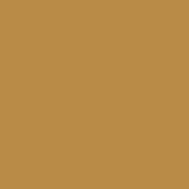 | Sandgelb (1942) | 79 | Darker version of RLM 79. It substituted the earlier hue from 1942 onwards. | ||
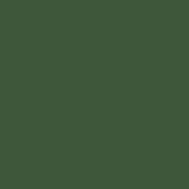 | Grün | 80 | Applied on upper surfaces with the RLM 78/79/80 scheme. This scheme was intended for aircraft used in Mediterranean and North African theatres. | 55% XF-26 Deep green + 45% XF-58 Olive green | |
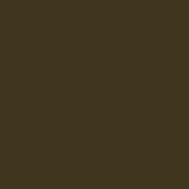 | Olivenbraun (v.1) | 81 | Applied on upper surfaces with the RLM 81/82/76 scheme. This scheme was introduced in August 1944 to substitute the previous RLM 74/75/76 one. RLM 81 appeared in no fewer than three variants. While the first and the third ones showed a slight brown shade, the second one appeared as a dark green. | ||
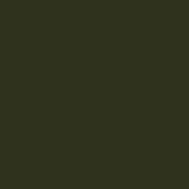 | Olivenbraun (v.2) | 81 | Green variant of RLM 81. | ||
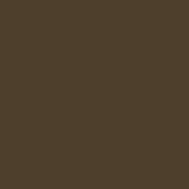 | Olivenbraun (v.3) | 81 | Brown variant of RLM 81; this one was slightly darker than RLM 81. | ||
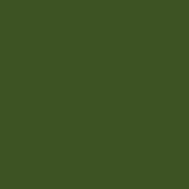 | Hellgrün | 82 | Applied on upper surfaces with the RLM 81/82/76 scheme. Possible minimal variation in hue of this colour might have existed as well. | ||
 | Dunkelblau | 83 | Applied on upper surfaces of maritime aircraft at least from november 1943 onwards. |
Should you be interested in how these colurs were applied, I suggest you have a look at this article!
References
- Farbtontafel of Luftwaffen Dienstvorschriften 521/1 (L.Dv. 521) 1938 edition
- Farbtontafel of Luftwaffen Dienstvorschriften 521/1 (L.Dv. 521) 1941 edition
- Sammelmitteilung Nr.2 (15/8/1944)
- Michael Ullmann, Luftwaffe Colors 1935-1945, 2008, Hikoki Publications
- M. Góralczyk, G. T. Högl, J. Kiroff, N. Millman, M. V. Orlov, Real Colors of WWII Aircraft, 2019, AK Interactive
- Warnecke & Böhm, Luftwaffe Color Chart, 1998, Eagle Editions.
- https://emmasplanes.com/index.php/paints/rlm-colors/
- https://penelope.uchicago.edu/~grout/encyclopaedia_romana/luftwaffe/colors.html
- https://www.alternatewars.com/BBOW/Colors/Luftwaffe_Aircraft_Colors_WW2.htm
- Dornier Do 217 N-1, N-2 FLugzeug-Handbuch, Teil 8 A Schußwaffenanlage September 1943 edition
